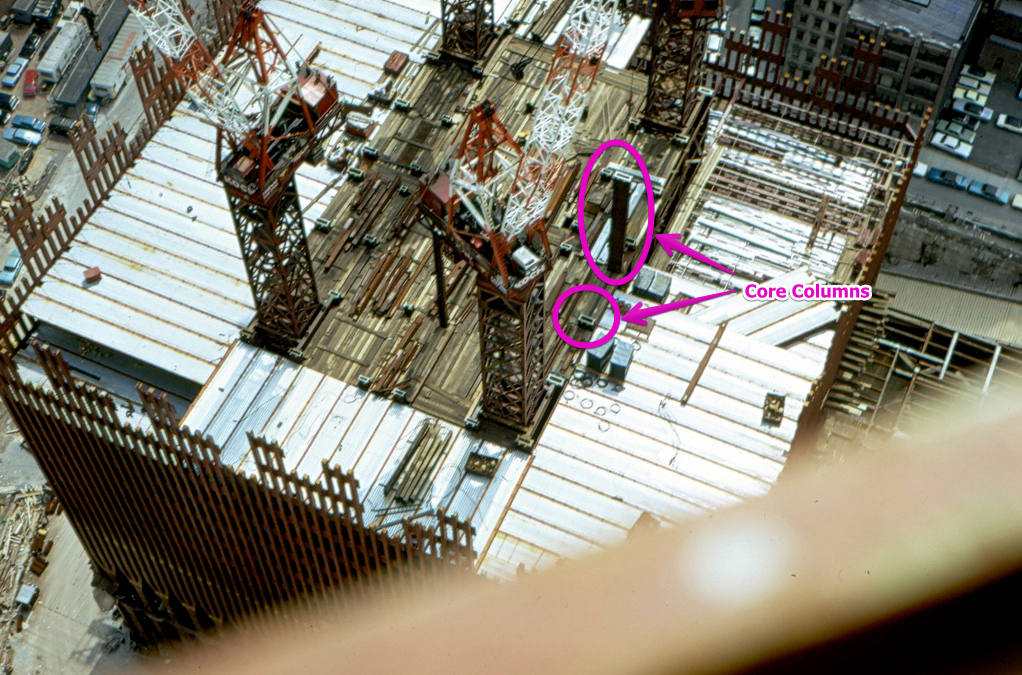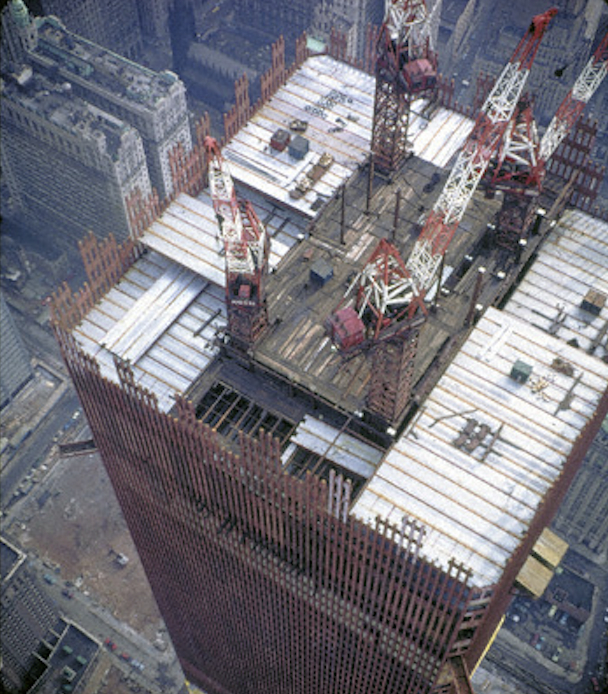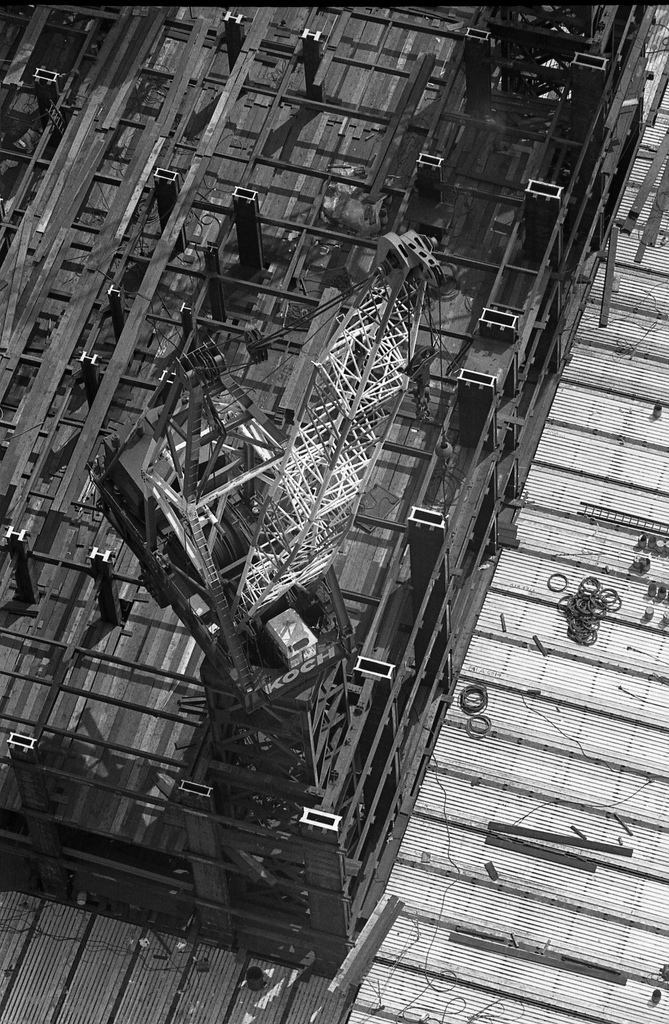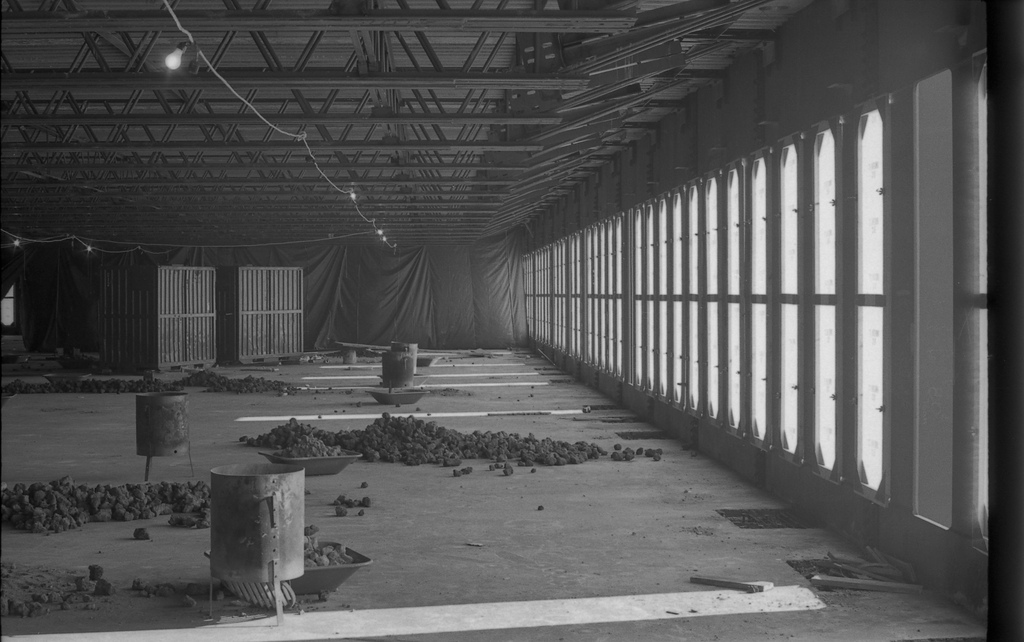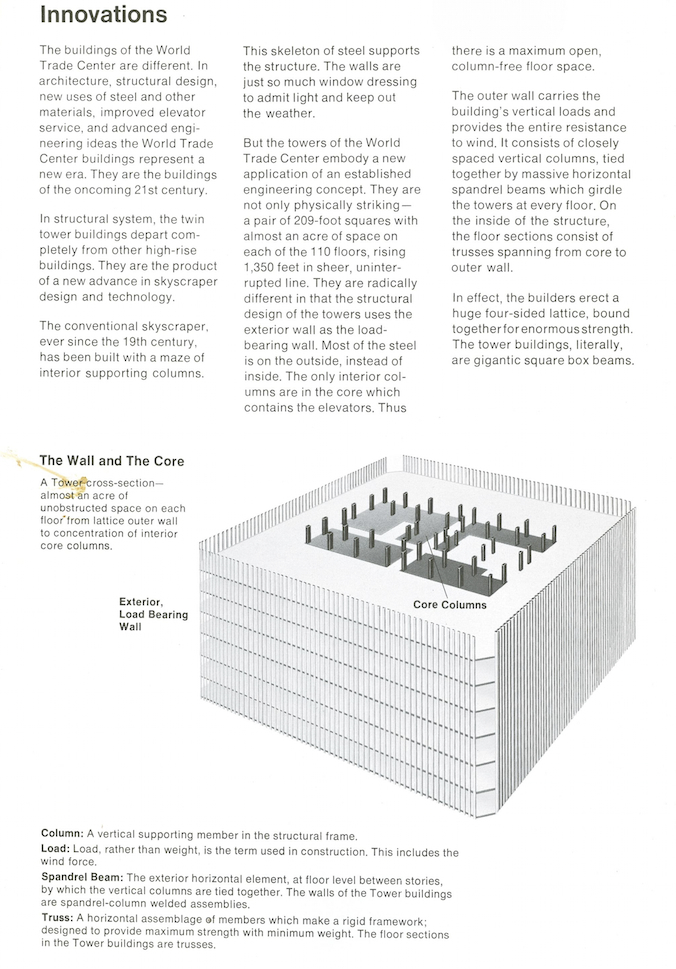Thank you for your input here.

You're welcome. I'm guilty of popping up in forums where Szamboti is peddling his wares, which is still better than disappearing from forums when properly challenged.... Because Szamboti has taken to distortions and lies to promote his cause in recent times, I'm no longer content to live and let live. There's no reason the debate needs to start all over from the beginning in every location where it occurs.
The "body of evidence" versus the "specific instance" is a common theme, isn't it?
Yes. And the body of evidence versus scenarios concocted in Szamboti's mind.
Buckling failure has to generate an off-axis force in order to occur.
Sure enough.

The animation is taken from a simulation done by Gregory Szuladzinski, an associate of Szamboti's (both last names begin with Sz; what are the chances?).
The irony meter is pegging hard. This simple buckling simulation demonstrates the expectation of plumb and alignment in the section above is a pipe dream, even without including eccentricity due to tilt. The attached elements above and below are undoubtedly constrained against horizontal movement by the simulation environment.
It is plainly obvious there is more than enough horizontal force generated in buckling alone to displace the upper section over the descent of one story. It takes less than 1% of peak axial force of intact columns over that distance to cause severe misalignment and have capacity drop below
static demand.
As an aside, if Szuladzinski were here, he'd mop the floor with all of us when it comes to engineering mechanics. So why does he indulge in this nonsense? No idea. I suspect he hasn't examined video evidence in any detail and is relying on Szamboti to fill him in, including kinematics of the upper section. If one is
told the top maintained alignment through the descent of several stories, working from that "observation" might make some sense. However, when one considers that misalignment sufficient to greatly reduce capacity is represented by much less than a pixel in the best of videos (Sauret), it would seem prudent to ignore any claims of perfect alignment. Really, there's no excuse.
It isn't likely that a silent cutting thermitic action is able to generate such a force.
I wrote some stuff in simple agreement but had to rethink it. The short answer still is you're absolutely correct in terms of
application of force directly due to the expenditure of chemical energy.
Clearly, thermal
cutting action is not capable of producing significant motion of the upper section by direct application of force, and thermal
weakening offers no force at all. Neither can cutter
charges displace the upper section since the impulse is short duration and would just cause local deformations (its purpose!).
However, the conditions
immediately following global initiation might differ perceptibly depending on whether the failure was caused by angle cuts or by widespread thermal weakening of the type described
here. The latter ostensibly being indistinguishable from a natural initiation because it simply ensures the "natural" failure threshold is reached. Progression, of course, proceeds essentially the same in either case.
Theoretically, it might be possible to deduce the originating cause, if it were down to radically disparate failure modes. Doubt it, due to lack of empirical information or large scale simulation which would be essential in guiding interpretation. But I'll leave open the possibility that the observed motion in the early phase might differ enough that, with sufficient resolution measurements, cause could be discriminated to the level of choosing angle cut versus buckling. It might also be possible in theory to
qualitatively distinguish (e.g.) floor detachment from primary column buckling as proximate cause.
Again, if it were possible, it would simply come down to the difference in the
internal forces mechanically generated due to failure mode, not the forces produced by the liberation of chemical energy.
The difference in the very internal forces that Szamboti trying to deny here.
Is it actually possible to disprove the latter by finding evidence of this lateral force?
I think not, for this reason: thermal weakening from fires is the official line. The difference is one is accelerated and targeted, the other semi-random and more diffuse. I believe both cases would give the same end result and be indistinguishable externally, with the caveats of the prior paragraph in mind. Cutting versus weakening matters the most, and
both will generate internal force which are ultimately coupled to ground and will cause horizontal displacement of the upper section in reaction.


